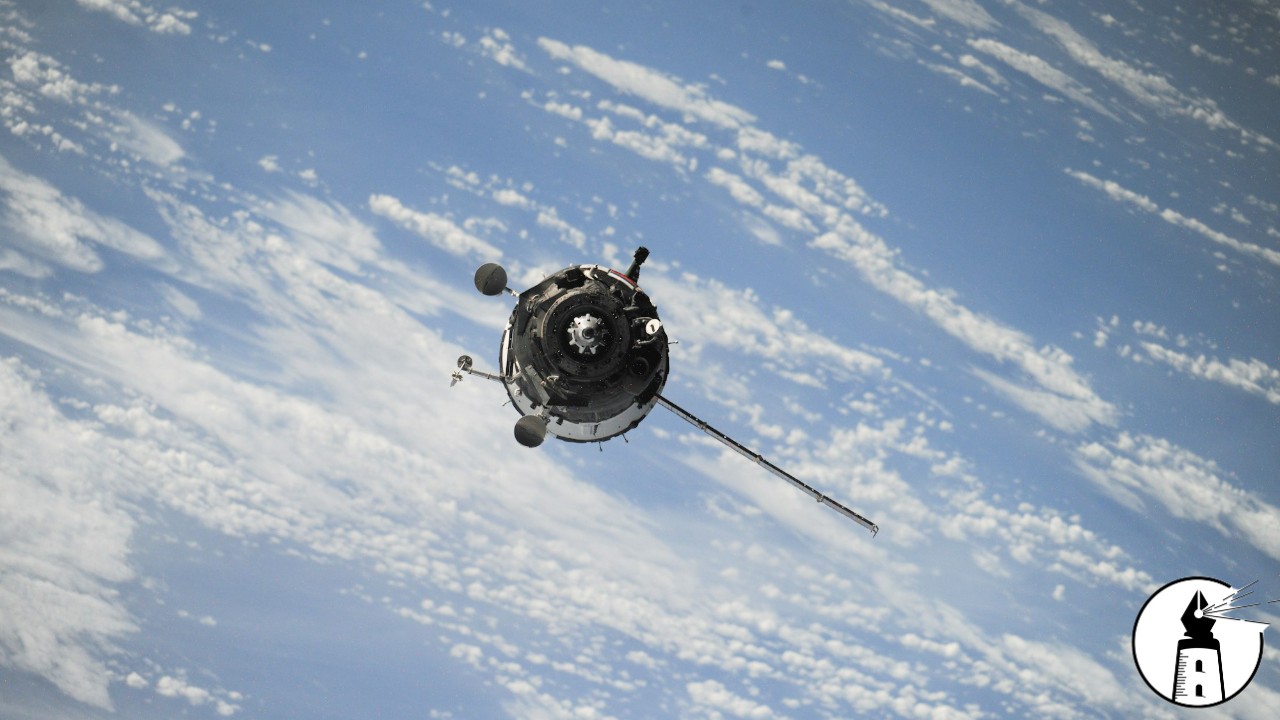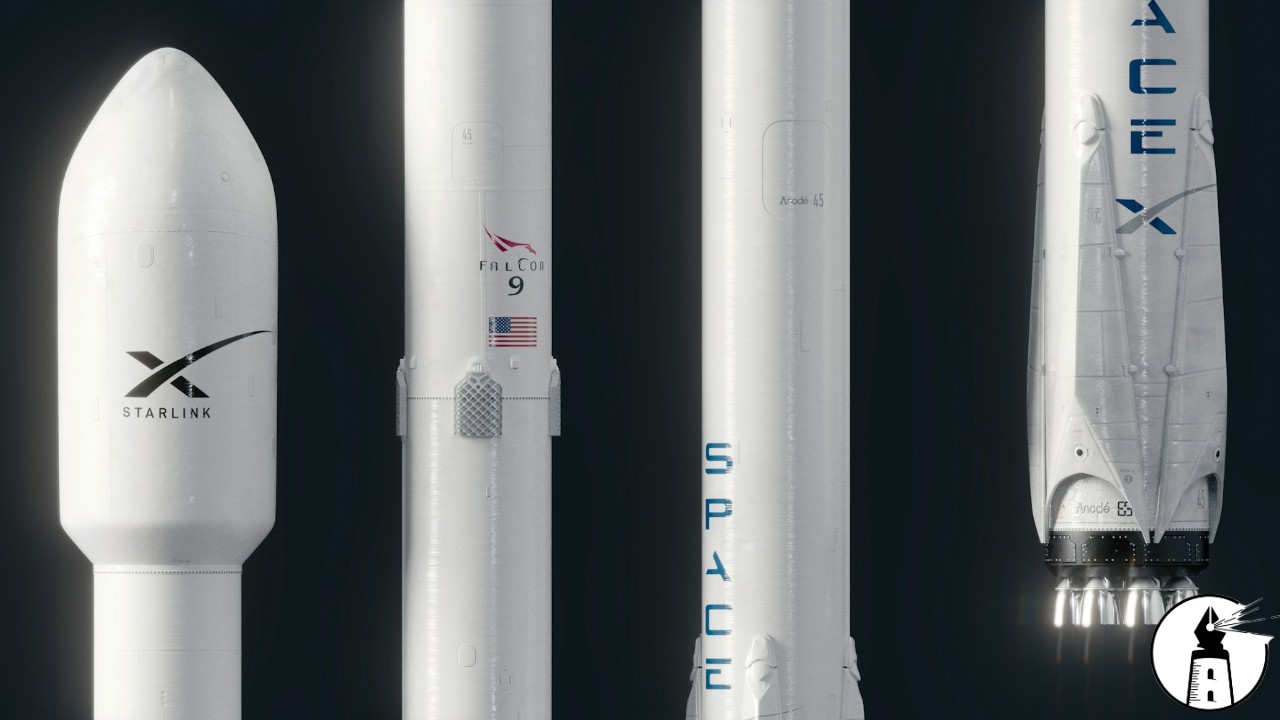There’s already been at least one moment in history when the world looked to the sky in anticipation of falling space debris. In 1979, that object was Skylab, the United States’ first space station, which eventually came down over Western Australia. The event caused widespread media coverage and even inspired minor public panic. This past weekend, another long-orbiting artifact of the space race era finally met a similar fate, though with far less hysteria.
Kosmos 482, a Soviet-era spacecraft launched in 1972, reentered Earth’s atmosphere and fell into the Indian Ocean early Saturday morning, according to international space agencies. Originally intended to reach Venus, the spacecraft never made it due to an engine failure shortly after launch. It remained in low Earth orbit for over five decades as its trajectory gradually decayed.
Multiple space agencies tracked the descent. Both NASA and Roscosmos recorded the reentry time at approximately 2:24 a.m. Eastern Time, placing the crash site in the Indian Ocean, west of Jakarta and near the Andaman Islands. Prior to its final descent, the European Space Agency reported the spacecraft’s last known location as being over Germany.
Because Kosmos 482 was built to withstand the intense conditions of a Venusian atmosphere, scientists anticipated that it might survive its plunge through Earth’s atmosphere. Preliminary assessments from several tracking agencies suggest that the spacecraft, or significant parts of it, likely reached the Earth’s surface without fully disintegrating. However, with the landing presumed to have occurred over the ocean, the prospect of recovery appears slim.
The potential survival of the spacecraft raises interest among space researchers. A close examination of its condition after decades in orbit could provide useful data for designing future planetary missions, especially those destined for harsh environments like Mars.
Despite its dramatic conclusion, the reentry of Kosmos 482 has not provoked the same kind of public attention that accompanied Skylab’s fall in the 1970s. At that time, fears of debris causing damage or injury dominated headlines, even though the risks were statistically minimal. Today, space agencies are more equipped to track orbital decay, and the public has grown more accustomed to hearing about such events. In contrast to the anxiety sparked by Skylab, Kosmos 482’s final descent passed with relatively little notice beyond scientific circles.
Yet, its return serves as a reminder that every object launched into space eventually comes back down. In an era when satellite constellations are multiplying and space junk is a growing concern, each reentry event highlights the importance of monitoring and managing what humanity leaves in orbit.
—By Greg Collier



